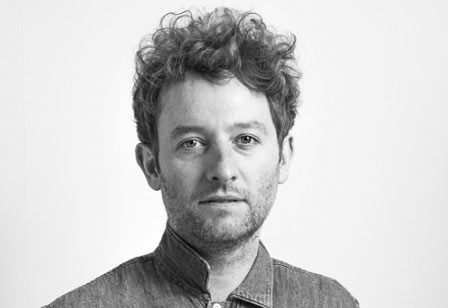What, according to you, are the significant challenges or trends in the retail space right now?
Having a chain of retail stores across the country with increased demands and complexity within our environment and outside, the biggest challenge we face is how we can improve our customer service with reduced staffing numbers. Demand for physical work remains high, so order and complexity continue to grow in and out—that increased number of jobs that assistants have on the shop floor. So, the increased jobs increased complexion against a reduction in the number of hours, from a cost base perspective because obviously, we are taking less money in our physical stores now.
Considering your website or social media page, what are the industry's current predicaments or trends in online retail?
It is a department store, so you have a wide range of options. Women's shoes are a big trend for us. It's a growing area. But the problem with women's shoes is that women buy many shoes online and then return them to the store. How do you deal with the fact that women's shoe returns are processed for those waiting for customers to buy women's shoes in stores? So, for us, there is a big trend in that aspect. It's a trivial matter in our business.
Can you mention any recent projects you have worked on or dealt with that are bringing differentiation to retail space?
Recently we introduced new changing rooms and customer service, replacing traditional cash counters. We call it the service lounge. For example, we have introduced touch screens, where you can request help from services associates from the changing room itself and pay from the kiosk itself. Because now there is one place to ask for help, one place to pay, and one. We have tried to turn this into a positive one by creating new service areas and ways to serve our customers .
While designing a store, what rules or strategies do you employ?
Our initial point would be our heritage & DNA and point to keep the branch flexible. There are only limited square meters if you see other department stores like Tommy Hilfiger and Hugo Boss. We have moved away from the traditional style and created a more flexible and evolving model. This means you can make changes, host events, create pop-ups, and provide different services. And it's a significant cultural and strategic change in how we handle these things. Every time a consumer enters a store, they do something different. And most of our customers shop with us at least twice a month. So, I want to ensure I have something to say each time they come.
"Keep it clear for the customer, what you're trying to achieve, and what you're trying to do and put the customer at the centre of your business"
Based on your experience, what advice would you like to give readers of this article or people going through any retail transformation?
I think you should always keep it clear for the customer, what you're trying to achieve, and what you're trying to do and put the customer at the center of your business. Understand your core customer and your core market. And also, I think that the old form of having one layout that works across numerous locations and stores is outdated. You must focus on your stores as a single business rather than a combined unit.
So we started in the mall, in the city center, and have flagship stores, and they are all working and have very different customers. Therefore, we must understand the customers in these places and what they want and are looking for and adapt physical stores to meet that expectation.












